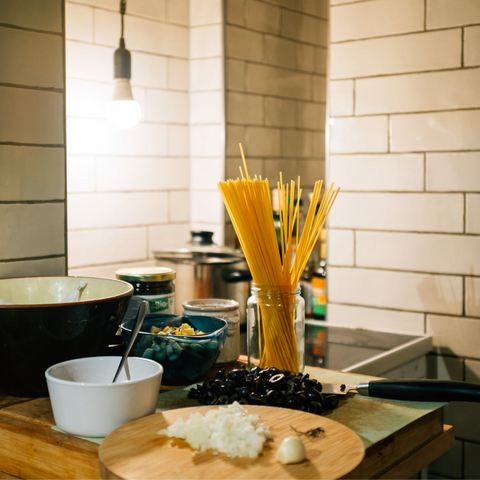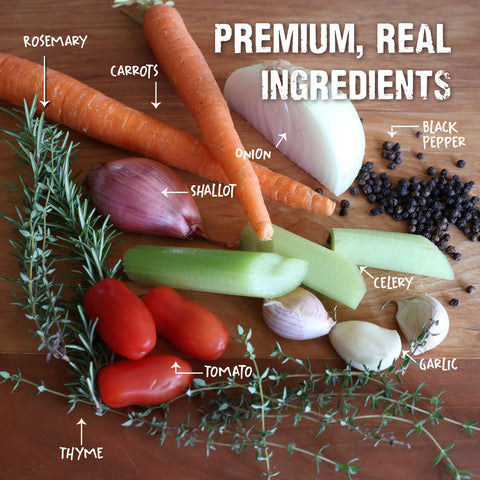Best Techniques for Cooking Pasta
Learn the top tips and techniques for cooking pasta like a pro!
Mastering the Art of Cooking Pasta
To master the art of cooking pasta, it's important to start with high-quality ingredients. Choose a good brand of pasta and choose from one of our gourmet pasta sauces for the best results. Additionally, make sure to follow the instructions on the pasta packaging for cooking times and water ratios.
Another important aspect of cooking pasta is to properly season the cooking water. Add a generous amount of salt to the boiling water to enhance the flavor of the pasta. As a general guideline, use about 1 tablespoon of salt for every 4 quarts of water.
When cooking pasta, be sure to stir it frequently to prevent sticking. Use a large pot with plenty of water to allow the pasta to move freely. This will also help maintain a consistent cooking temperature.
Finally, taste the pasta for doneness before draining. It should be cooked until al dente, meaning it still has a slight bite to it. This will ensure that the pasta is not overcooked and mushy.
Choosing the Right Pasta Shape
Choosing the right pasta shape can make a big difference in your dish. Different pasta shapes are better suited for different types of sauces and dishes.
For example, long, thin pasta such as spaghetti or linguine is great for serving with light, oil-based sauces or seafood dishes. They can also be used in stir-fries or cold pasta salads.
On the other hand, short pasta shapes like penne or fusilli are perfect for hearty, chunky sauces or baked pasta dishes. Their nooks and crannies help trap the sauce, ensuring every bite is flavorful.
It's also worth considering the texture of the pasta. Some shapes have a smoother surface, while others have ridges or grooves. The texture can affect how well the pasta holds onto sauce, so choose accordingly.
Boiling Pasta to Perfection
Boiling pasta to perfection requires a few key steps. First, make sure to use a large pot with plenty of water. The general rule is to use about 4 quarts of water for every pound of pasta.
Bring the water to a rolling boil before adding the pasta. This will help prevent the pasta from sticking together. Once the water is boiling, add a generous amount of salt to enhance the flavor of the pasta.
Next, carefully add the pasta to the boiling water. Give it a gentle stir to prevent sticking, then let it cook according to the package instructions. It's important to stir the pasta occasionally throughout the cooking process.
When the pasta is cooked to al dente, use a slotted spoon or tongs to transfer it to a colander. Avoid rinsing the pasta with water, as this can remove the starches that help the sauce adhere to the pasta.
If you're not ready to serve the pasta immediately, toss it with a little olive oil to prevent it from sticking together.
Tips for Perfect Pasta Texture
Achieving the perfect texture for your pasta is all about timing. It's important to cook the pasta until it is al dente, which means it still has a slight bite to it.
To test the doneness of the pasta, take a small piece and taste it. It should be tender but still slightly firm in the center. Avoid overcooking the pasta, as it can become mushy and lose its texture.
Another tip for perfect pasta texture is to reserve some of the pasta cooking water before draining. This starchy water can be added to the sauce to help thicken it and create a better emulsion with the pasta.
Additionally, when adding the cooked pasta to the sauce, save a little bit of the pasta water to loosen the sauce if needed. This will help the sauce coat the pasta evenly and create a more cohesive dish.
Remember to serve the pasta immediately after tossing it with the sauce. Pasta tends to absorb sauce quickly, so it's best to enjoy it right away for the best flavor and texture.




Comments (0)
There are no comments for this article. Be the first one to leave a message!